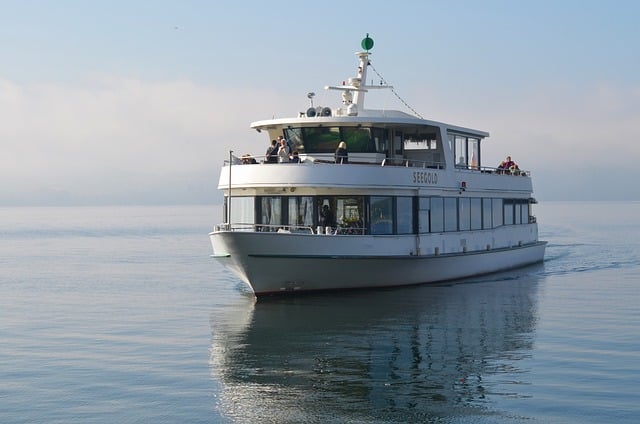Shipping a vehicle to Hawaii involves complex logistics influenced by distance (2,400 miles), vessel size, weight, and seasonal variations. It combines sea and air transport, with cost determined by vehicle type, size, weight, departure/arrival points, and chosen shipping method. Researching multiple quotes from reputable companies is crucial for securing the best rates.
Shipping a vehicle to Hawaii involves significant costs, influenced by distance, travel route, vehicle size, weight, seasonality, and demand. This comprehensive guide breaks down the key factors driving these expenses. We’ll walk you through obtaining quotes from shipping companies, understanding additional fees like customs and documentation, and estimating insurance costs. Additionally, we compare roll-on/roll-off vs. container shipping methods to help you make an informed decision when ship a vehicle to Hawaii.
- Understanding the Factors Influencing Vehicle Shipping Costs to Hawaii
- – Distance and travel route
- – Vehicle size and weight
Understanding the Factors Influencing Vehicle Shipping Costs to Hawaii

When calculating the cost to ship a vehicle to Hawaii, several factors come into play. These include the type and size of the vehicle, distance traveled, weight, and current market rates for shipping services. Additionally, the departure location on the U.S. mainland and the specific island destination in Hawaii can significantly impact pricing. Other considerations involve the chosen shipping method (e.g., truck, ship, or air) and any additional services required, such as vehicle preparation or customs clearance.
Understanding these factors is crucial for obtaining an accurate estimate. It’s important to note that prices can fluctuate based on seasonal demand, weather conditions, and the availability of shipping carriers. Therefore, researching different quotes from reputable shipping companies is recommended before finalizing a shipment. This process will ensure you’re getting the best value for your money when shipping a vehicle to Hawaii.
– Distance and travel route

Shipping a vehicle to Hawaii involves traversing vast distances across the Pacific Ocean, with the journey’s origin typically on the West Coast of the United States. The most common route for this intricate process is from the mainland ports along the California or Oregon coast to the Hawaiian Islands, covering around 2,400 miles (3,862 kilometers). This extensive travel route not only highlights the distance but also contributes to the overall cost and complexity of shipping a vehicle to Hawaii.
The route usually involves a combination of sea and air transportation. Vehicles are first loaded onto specialized vessels designed for ocean transport, which navigate through international waters. Upon reaching Hawaiian territories, cargo planes take over, ensuring the safe arrival of the vehicles on the islands. This dual-mode transportation is essential in managing the challenges posed by distance and ensuring timely delivery, all while considering the unique requirements for shipping to such a remote location.
– Vehicle size and weight

When calculating the cost to ship a vehicle to Hawaii, vehicle size and weight are two critical factors that significantly impact the overall price. The size of your car or any other type of vehicle determines the amount of space it requires on the shipping vessel. Larger vehicles need more room, which can increase the per-unit shipping costs. Moreover, heavier vehicles contribute to higher fuel consumption and cargo handling expenses during transit.
The weight of a ship’s cargo directly correlates with its overall cost to transport. Heavier vehicles demand more resources for loading, securing, and moving them safely from the origin point to their final destination in Hawaii. This additional weight can lead to substantial variations in pricing, especially for longer routes or larger vessels, making it crucial to consider these factors when planning your vehicle shipment.
When considering how much it costs to ship a vehicle to Hawaii, understanding the factors of distance, travel route, vehicle size, and weight is key. By evaluating these aspects, you can obtain a more precise estimate for shipping costs and make an informed decision for your transportation needs.
